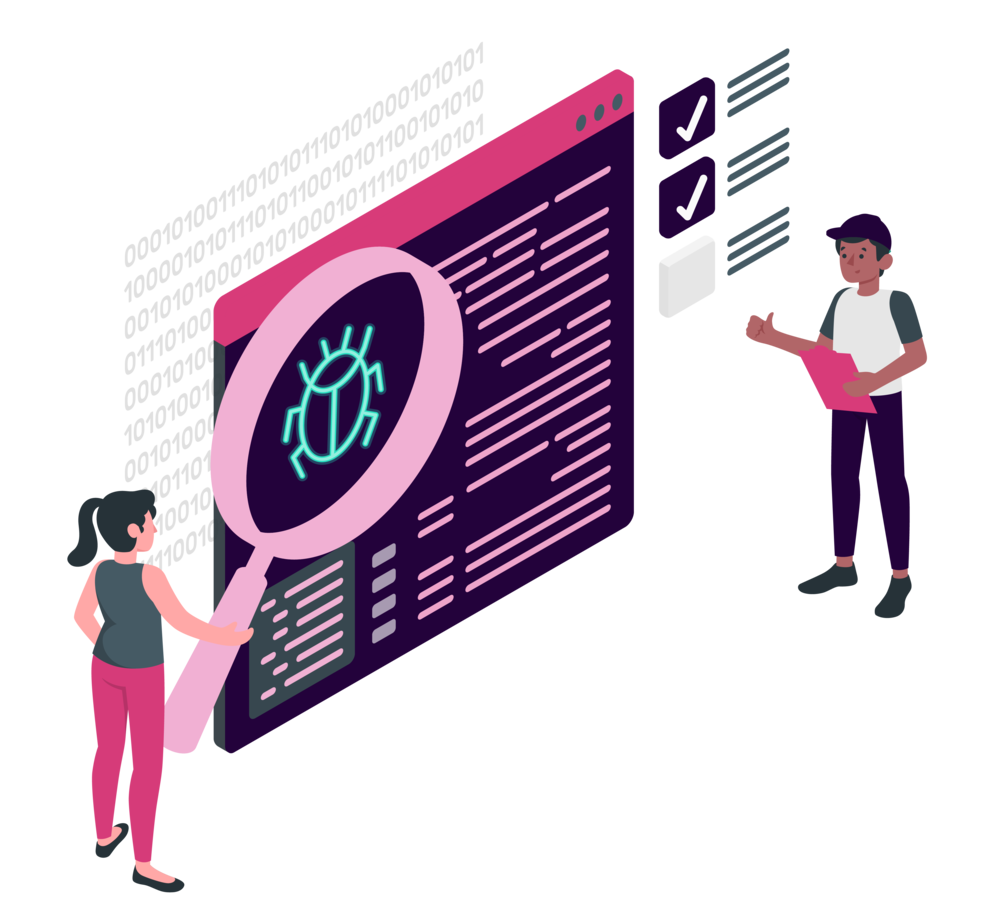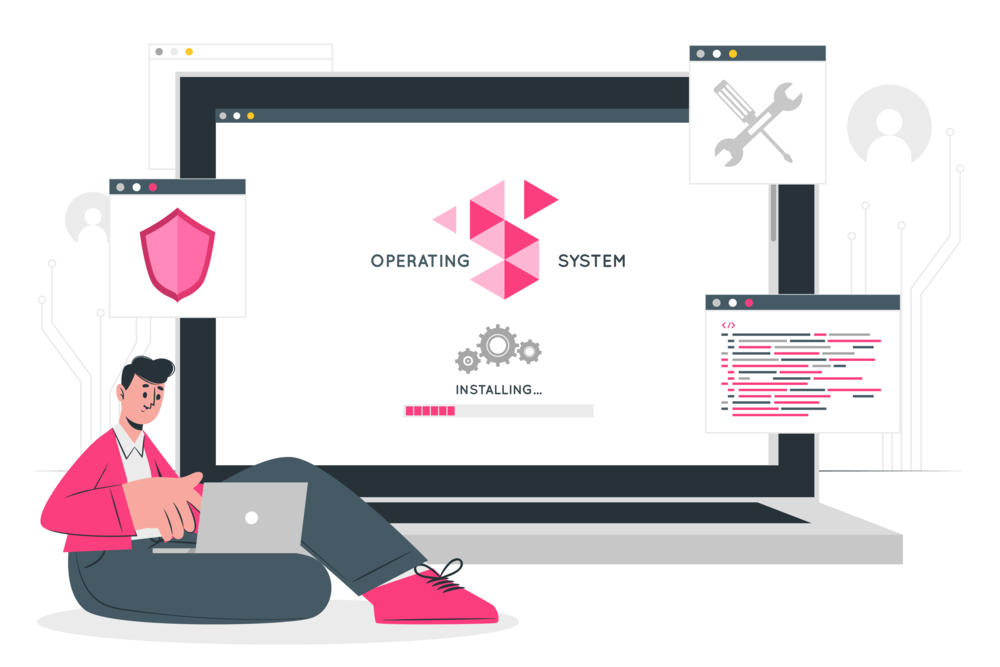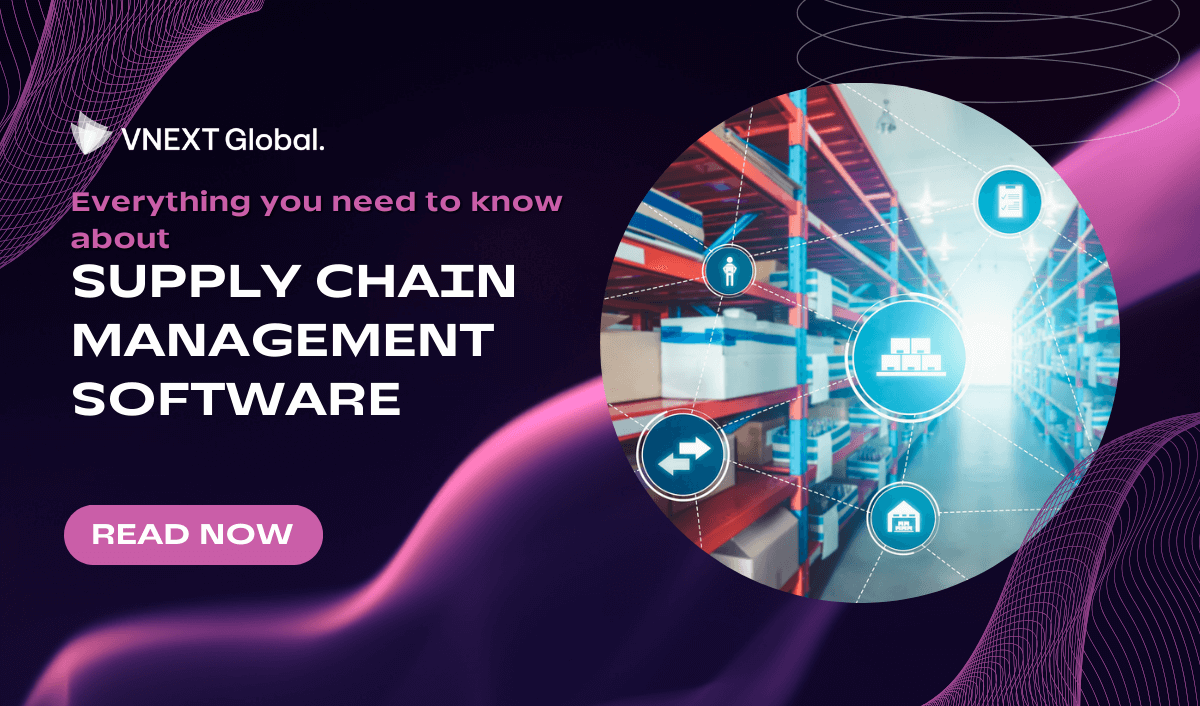Agile Offshore Software Development: A Comprehensive Guide
In today's rapidly evolving global marketplace, businesses are continually seeking ways to stay competitive, reduce costs, and deliver high-quality software products efficiently. Agile offshore software development has emerged as a powerful solution that addresses these challenges. In this blog, we will explore what agile offshore software development is, why businesses need it, how to implement it, and the best practices to ensure its success.
What is Agile Offshore Software Development?
Agile offshore software development is a collaborative approach to software development that combines the principles of Agile methodologies with offshore outsourcing. Agile is a set of principles and practices that prioritize flexibility, customer collaboration, and the delivery of working software in short, iterative cycles. Offshore software development refers to the outsourcing of software development tasks to a team located in a different geographical location.
Key Characteristics of Agile Offshore Software Development:
- Iterative and Incremental: Agile offshore projects are broken down into small, manageable increments, known as sprints or iterations, each typically lasting two to four weeks. This iterative approach allows for flexibility and adaptability.
- Close Collaboration: Agile offshore teams work closely with the client, often through video conferencing, project management tools, and communication channels to ensure transparency and collaboration.
- Customer-Centric: The focus of agile offshore development is on delivering value to the customer. Customer feedback is sought and incorporated throughout the project.
- Continuous Improvement: Agile principles emphasize self-organizing teams that continuously seek opportunities for improvement. This is particularly important for offshore teams to adapt to changing requirements and technologies.
- Adaptability: Agile offshore teams are adaptable and responsive to changes, making them ideal for businesses operating in dynamic and competitive environments.

Why Do Businesses Need Agile Offshore Software Development?
In a globally competitive landscape where businesses strive to stay agile, reduce costs, and swiftly respond to market demands, the need for Agile offshore software development has become increasingly evident. Here are 5 reasons why you businesses need Agile offshore software development:
- Cost Efficiency: One of the primary reasons businesses turn to agile offshore development is cost savings. Outsourcing to countries with lower labor costs can significantly reduce project expenses.
- Access to a Global Talent Pool: Agile offshore development allows businesses to tap into a vast talent pool worldwide. This ensures access to diverse skill sets and expertise not readily available in the local market.
- Accelerated Time-to-Market: Agile methodologies emphasize delivering working software quickly. Offshore teams working in different time zones can provide 24/7 development, accelerating the time-to-market for products and features.
- Scalability and Flexibility: Agile offshore development allows businesses to scale their teams up or down as needed. This flexibility is crucial for adapting to changing project requirements.
- Risk Mitigation: Collaboration with an offshore team can provide a buffer against economic and political risks in a single market. By diversifying development locations, businesses can reduce the impact of unforeseen events.

How to Implement Agile Offshore Software Development
Implementing agile offshore software development successfully requires careful planning and the following key steps:
Selecting the Right Offshore Partner:
Choosing the right offshore partner is pivotal to the success of your project. Here are some factors to consider in detail:
- Expertise and Experience: Examine the offshore vendor's track record in your industry and their experience with similar projects. Request case studies and client references to gauge their capabilities.
- Cultural Alignment: Ensure that the offshore team's culture aligns with your organization's values and working practices. A cultural mismatch can lead to misunderstandings and hinder collaboration.
- Technical Skills: Assess the offshore team's technical proficiency and their knowledge of the latest technologies and development methodologies. Consider conducting technical interviews to gauge their expertise.
- Language Proficiency: Effective communication is critical. Verify that the offshore team has a strong command of the language you will be using for communication, documentation, and code.
- Geopolitical Stability: Investigate the political and economic stability of the offshore location. Political instability or economic crises can disrupt project continuity.
- Legal Compliance: Ensure that the offshore partner is compliant with international data protection regulations and industry-specific standards. This is especially important if your project deals with sensitive data.
If you are looking for a dedicated offshore partner with a small budget, VNEXT Global is your answer. Look for VNEXT Global's portfolio here to gain more insights!
VNEXT Global Offshore Development
Defining Clear Objectives and Requirements:
Detailed project documentation is crucial. Clearly define project objectives, requirements, and deliverables. Consider creating user stories, use cases, and wireframes to provide a comprehensive understanding of the project.
- User Stories: User stories can be an effective way to break down high-level requirements into manageable, detailed tasks. They provide a clear picture of what the software should accomplish from the end user's perspective.
- Acceptance Criteria: Specify acceptance criteria for each user story. This ensures that both the onshore and offshore teams have a shared understanding of what constitutes a successfully completed task.
Establishing Effective Communication Channels:
Seamless communication is a cornerstone of Agile offshore development. Consider the following communication strategies:
- Video Conferencing: Regular video meetings foster a sense of connection and enable face-to-face discussions, making it easier to convey nuances in communication.
- Instant Messaging and Collaboration Tools: Utilize tools like Slack, Microsoft Teams, or similar platforms for real-time communication and document sharing. These tools also allow the creation of dedicated channels for different project aspects.
- Project Management Tools: Choose a project management tool, such as Jira or Trello, that allows for transparent tracking of project progress. It should include features for creating and assigning tasks, tracking sprint progress, and managing project backlogs.
- Email: Although not the primary communication channel, email remains essential for sharing formal documents, reports, and updates.
Setting Up Agile Processes:
Select the Agile framework that aligns best with your project and team dynamics. Common Agile methodologies include Scrum, Kanban, and a hybrid approach. Customize these methodologies to fit your project's specific requirements:
- Scrum: Divide the project into time-bound iterations (sprints), appoint a Scrum Master, and establish roles such as Product Owner and Development Team. Plan sprint backlogs and conduct daily stand-up meetings to ensure transparency and collaboration.
- Kanban: Visualize workflow stages using a Kanban board. It's ideal for projects with less predictable workloads and can help maintain a smooth flow of work.
- Hybrid Approach: Tailor Agile methodologies to suit your specific needs. For example, you might combine Scrum practices with elements of Kanban for a more flexible approach.
- Sprint Length: Determine the optimal sprint length based on the project's complexity and requirements. Sprints typically last two to four weeks, but adapt this based on the team's capacity and project size.
- Roles and Responsibilities: Clearly define the roles and responsibilities within the onshore and offshore teams. Make sure each team member understands their role in the Agile process.
Regular Monitoring and Feedback:
Continuous monitoring and feedback loops are critical for Agile offshore development:
- Key Performance Indicators (KPIs): Identify and track KPIs that are relevant to your project. This may include metrics like velocity (Scrum), cycle time (Kanban), and defect density.
- Regular Retrospectives: Hold retrospectives at the end of each sprint to review the team's performance and identify areas for improvement. Use this feedback to make iterative adjustments to the process.
- Feedback Mechanisms: Establish a clear feedback mechanism for team members and stakeholders. Encourage open communication and act on feedback promptly.
- Transparency: Use Agile project management tools to maintain transparency regarding project progress. Burndown charts and sprint backlogs provide a visual representation of work completed and remaining tasks.
Cultural Sensitivity and Training:
Recognize the importance of cultural sensitivity and address it proactively:
- Cultural Training: Provide cultural sensitivity training to both onshore and offshore teams. This training should include insights into each other's cultures, working styles, and communication norms.
- Cross-Cultural Collaboration: Encourage collaboration that respects cultural differences and adapts working practices to ensure a harmonious and productive working relationship.
Data Security and Intellectual Property Protection:
Protecting your data and intellectual property is paramount in Agile offshore development:
- Data Encryption: Ensure that data transfers and storage are encrypted to prevent unauthorized access.
- Legal Agreements: Draft comprehensive legal agreements that address data security, intellectual property rights, and dispute resolution mechanisms.
- Regulatory Compliance: Adhere to the data protection and privacy laws of both the client's and offshore team's locations.

Best Practices for Agile Offshore Software Development
To ensure the success of agile offshore software development, businesses should follow these best practices:
Start with a Pilot Project:
Test the waters with a smaller project before committing to a long-term engagement. This allows both parties to understand each other's working styles and capabilities.
Here's the tips:
- Consider selecting a pilot project that not only tests technical capabilities but also evaluates cultural alignment and communication effectiveness.
- Set clear success criteria and performance benchmarks for the pilot project to gauge the offshore team's capabilities and adherence to Agile practices.
Dedicated Product Owner:
Appoint a dedicated product owner who can bridge the gap between the client and the offshore team. This individual should understand the project's goals and be able to provide clear and timely feedback.
Here's the tips:
- The dedicated product owner should undergo training to fully understand the Agile methodology, the offshore team's capabilities, and the project's objectives.
- Encourage the product owner to maintain a backlog of user stories and features to keep the project pipeline well-defined and organized.
Frequent and Transparent Communication:
Establish a culture of open and honest communication. Regular video conferences, daily stand-up meetings, and transparent project tracking can help foster collaboration.
Here’s the tips:
- Use instant messaging apps like Slack or Microsoft Teams for real-time communication to quickly address questions and resolve issues.
- Record and archive important communication, ensuring that meeting minutes, chat logs, and emails are easily accessible for reference.
Regular Visits and Team Building:
Periodic on-site visits by the client team and offshore team members can help build trust and strengthen relationships. Team building activities can also enhance cooperation.
Here’s the tips:
- During on-site visits, arrange workshops and training sessions for both onshore and offshore teams to foster skills development and cross-team learning.
- Promote regular cross-cultural exchange by dedicating time in meetings or team-building events to share cultural insights and experiences.
Continuous Improvement and Adaptation:
Agile is all about learning and adapting. Regularly review the process and make improvements based on feedback and performance metrics.
Here’s the tips:
- Establish a system for documenting and tracking action items resulting from retrospectives to ensure that identified issues are addressed.
- Encourage the offshore team to take the initiative in proposing process improvements based on their on-the-ground experiences.
Quality Assurance and Testing:
Implement robust quality assurance and testing processes to maintain high software quality. Automated testing and continuous integration can streamline this aspect.
Here’s the tips:
- Implement a continuous learning culture in the quality assurance and testing teams, focusing on staying up-to-date with emerging testing methodologies and technologies.
- Regularly review and refine testing processes to streamline testing activities, reduce bottlenecks, and improve testing efficiency.
Legal Agreements and Intellectual Property Protections:
Ensure that legal agreements are in place to protect intellectual property, data, and privacy. These agreements should be compliant with the laws of both the client's and offshore team's locations.
Here’s the tips:
- Collaborate with legal experts to draft comprehensive contracts that consider potential legal challenges, contract disputes, and conflict resolution procedures.
- Regularly update legal agreements to ensure that they remain compliant with evolving laws and regulations in both the client's and offshore team's locations.
Documentation and Knowledge Transfer:
Maintain comprehensive project documentation and facilitate knowledge transfer between onshore and offshore teams. This ensures that the project is not overly reliant on a specific set of individuals.
Here’s the tips:
- Consider using a knowledge management system to centralize project documentation and make it accessible to both onshore and offshore team members.
- Assign responsibilities for maintaining and updating project documentation to avoid knowledge silos and ensure that the documentation is always current.

Final Thoughts:
In conclusion, agile offshore software development offers businesses a powerful solution to achieve cost efficiency, access a global talent pool, accelerate time-to-market, and mitigate risks. By carefully planning, selecting the right offshore partner, and following best practices, businesses can harness the benefits of this approach. The successful implementation of agile offshore development can lead to more competitive, adaptable, and efficient software development processes in an increasingly globalized world.
If you are looking for a trusted IT partner, VNEXT Global is the ideal choice. With 14+ years of experience, we surely can help you to optimize your business digitalization within a small budget and short time. Currently, we have 400+ IT consultants and developers in Mobile App, Web App, System Development, Blockchain Development and Testing Services. We have provided solutions to 600+ projects in several industries for clients worldwide. We are willing to become a companion on your way to success. Please tell us when is convenient for you to have an online meeting to discuss this further. Have a nice day!












